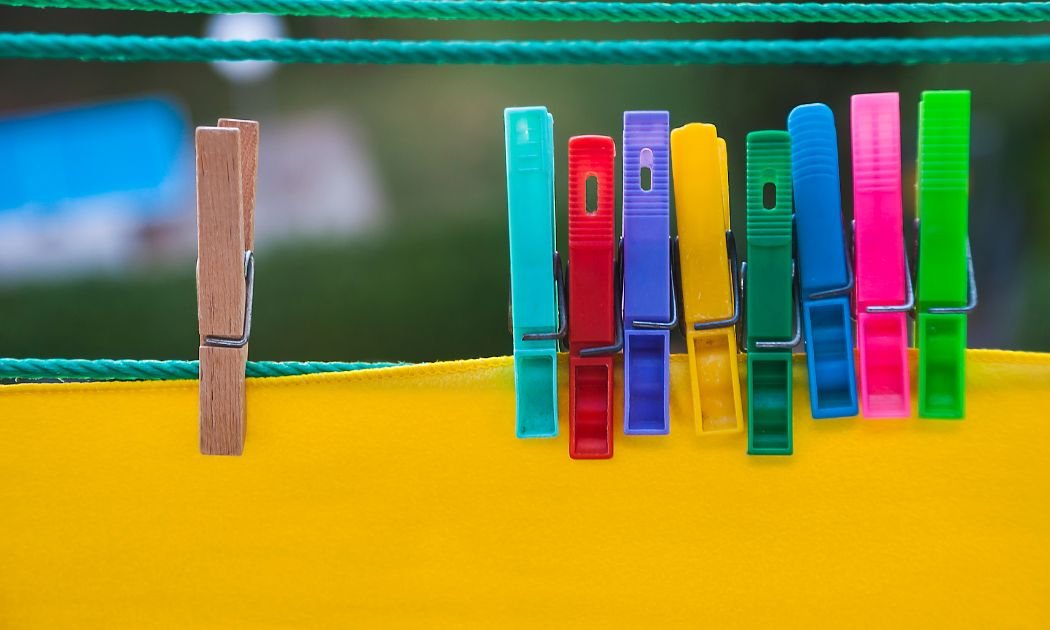Rape in Kerala: Does Middle Class Overlook Dalit Women’s Safety?
The Teen Was Raped by Dozens of Men for 5 Years
February 24, 2025India’s middle class appears to care about women’s safety only when the woman in question belongs to a privileged caste or social class, leaving countless vulnerable women neglected. This may explain the absence of public outrage and the minimal reaction to reports of a Dalit teenager who suffered rape and abuse for five years in Kerala.
In 2018, the girl, daughter of a labourer, was allegedly molested by a neighbour in Kerala. He recorded the act, and police believe he used the images to blackmail and manipulate her into further sexual abuse by dozens of men over the following five years, as reported by CNN World.
Evidence suggests that her alleged abusers included people she knew—relatives, classmates and neighbours—as well as strangers. Authorities arrested 58 men and boys accused of assaults ranging from rape to gang rape, but two suspects fled the country.
Outrage has remained oddly muted. It’s not the first time India has witnessed a horrific attack on a woman—last year, the country erupted in massive protests when a young trainee medic was raped and murdered in Kolkata. In December 2012, after a young woman was brutally gang-raped on a moving bus in the capital, referred to as the “Nirbhaya” case, citizens across India took to the streets in massive protests. The demonstrations were marked by candlelight vigils and clashes with police, leading to significant judicial reforms intended to provide stricter penalties for sexual assault.
However, the Dalit teenager’s suffering seems to have fallen outside the moral radar of the middle class, suggesting that collective sympathy surfaces mainly when the victim is perceived as “one of their own.” And not rallying behind Dalit survivors contributes to an environment where perpetrators feel they can act with impunity.
Social psychology attributes our selective concern to “in-group bias,” where people show greater empathy for those who resemble them—whether by caste, class or social identity—and less compassion for outsiders. When the victim is viewed as “other,” the human mind can more easily dismiss or minimise her suffering. This selective empathy stems from unconscious processes, such as moral disengagement and stereotyping, which allow one group to avoid the emotional burden of another group’s pain.
In practical terms, these biases are reinforced by societal structures. If a caste hierarchy is deeply ingrained, any empathy gap becomes wider. Constant exposure to discrimination can even condition people to accept injustice as normal.
To dismantle these harmful patterns in our society, media and civil society must take a closer look at how caste and class assumptions shape editorial decisions, and include voices from every community. This means encouraging journalists and activists from Dalit, tribal and minority communities to guide reporting and discussions, so the stories of marginalised groups aren’t told only through the eyes of the privileged. They must also adopt better training and education. Sessions on the lived experiences of lower-caste, tribal and minority communities and the hurdles they face would help reduce unconscious bias.
The public discourse on social media must evolve beyond solely focusing on individuals who reflect our own backgrounds. And if we don’t address the systemic blind spots in our collective outrage, we risk failing to protect the next 13-year-old girl who bravely comes forward.

